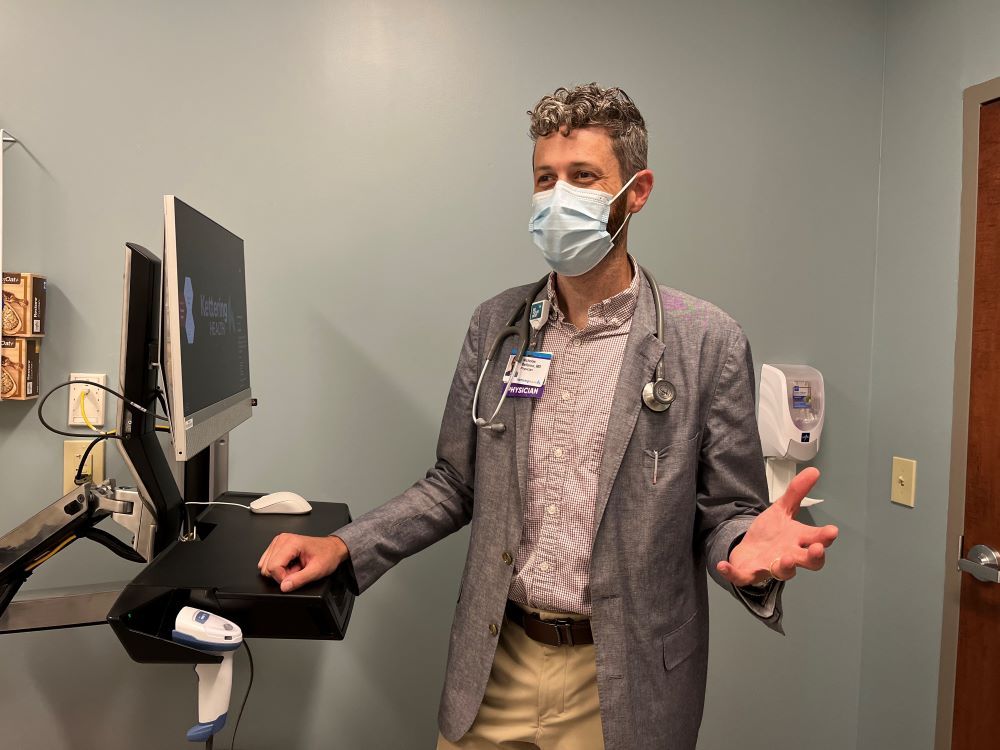Primary Care
Want to learn more about this at Kettering Health?
Spring brings more sunshine, blooming flowers, and—for roughly 25 million Americans—a host of asthma triggers, which can take this beautiful season and make it incredibly intimidating.
“Asthma is a lung condition that is triggered by something, whether it’s an indoor or outdoor trigger,” says Dr. Nicholas Bellanco, a family medicine physician. “An asthma attack can sneak up on someone, as anyone struggling with it can tell you.”
But there is a way for those who suffer from asthma to still enjoy the springtime.
“Prevention is the key to dealing with asthma in the springtime,” says Dr. Bellanco, “especially if your asthma is triggered by seasonal allergies.”
The first step, then, is to know what triggers an attack.
Create a care plan
The first step in treating asthma is to have an official diagnosis from your doctor, who can then help you develop a plan to treat it.
Having a care plan from your doctor makes all the difference. They can help you know what symptoms to look for, what triggers to avoid, and what preventative medicines you need to stay ahead of triggers.
“If you haven’t met with your doctor to discuss an action plan for your asthma, it is imperative to do so,” says Dr. Bellanco. “A lot of time patients do not start their preventive medications early enough, and then they’re playing catch-up the whole season.”
For most patients, a long-term care plan will include medication, which is typically taken daily. Other medications your doctor may recommend include quick-relief, or rescue, medications, normally taken before intense exercise but also used to relieve airway inflammation.
But beyond medications, Dr. Bellanco recommends that patients be mindful of triggers and practice simple ways to keep exposure to a minimum.
Know your triggers
Daily life can be difficult when you suffer from asthma. Everything from weather changes, certain perfumes, to certain laundry detergents can trigger asthma symptoms. Other triggers include
- Animal dander
- Dust
- Mold
- Pollen
- Tobacco smoke
“If it’s an indoor allergen, more can and should be done to limit and avoid it,” says Dr. Bellanco, “but when it’s outdoor allergens, like pollen, that’s more difficult. But there are ways to limit exposure.”
When someone’s asthma is triggered, symptoms include coughing, wheezing, chest tightness, and shortness of breath.
Ways to limit exposure to potential triggers include
- Using the air conditioning in your house and car, instead of opening windows.
- Changing air filters more regularly.
- Washing your hair and clothes right away after being outside
- Clearing your nasal passages with a nasal irrigation method.
Infections and viruses, like the common cold, which is no less prevalent in the spring than in winter, can also trigger asthma. So, continue to wash your hands, get vitamins and minerals from fruits and vegetables in your diet, and try to get enough sleep.










